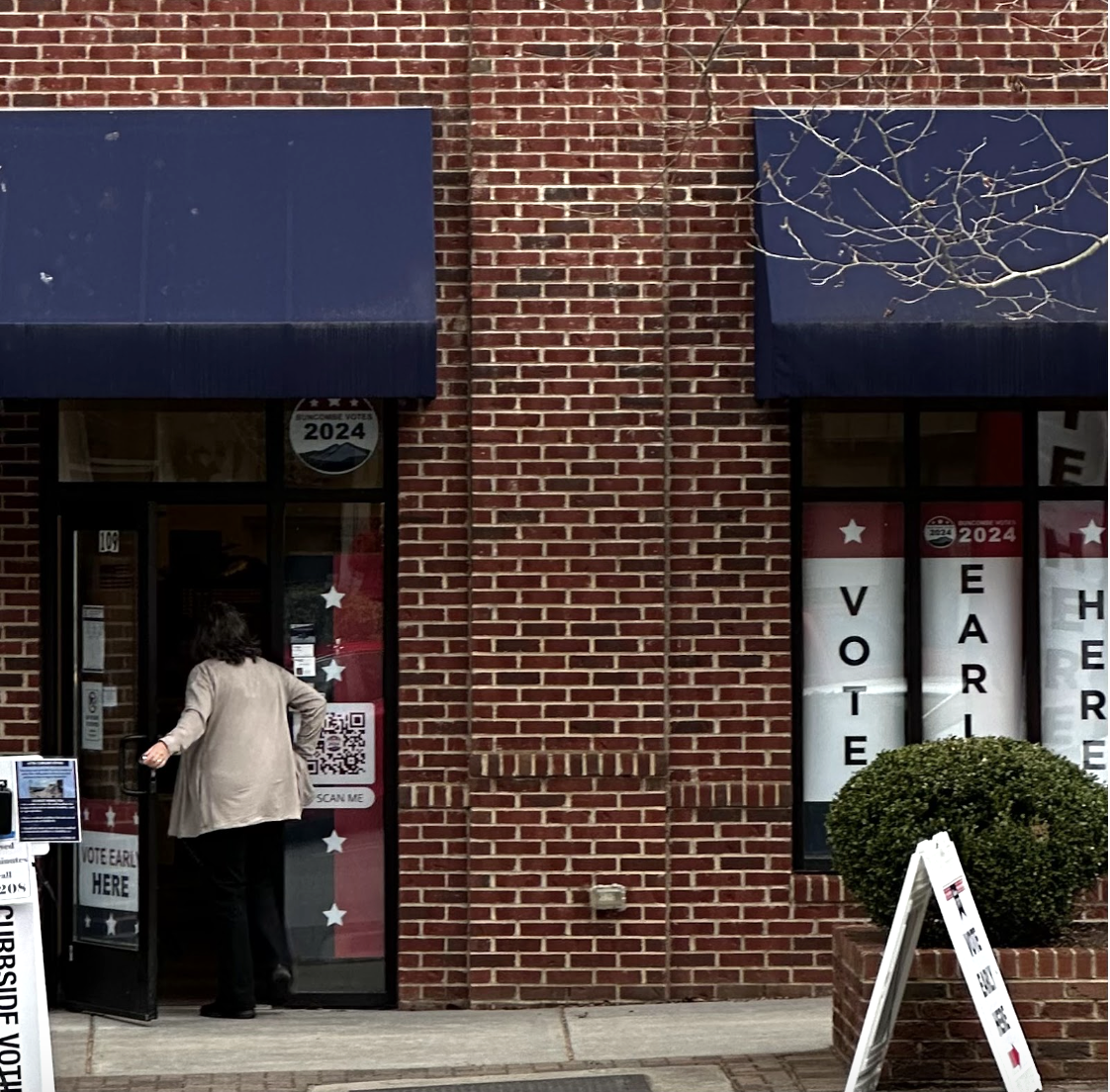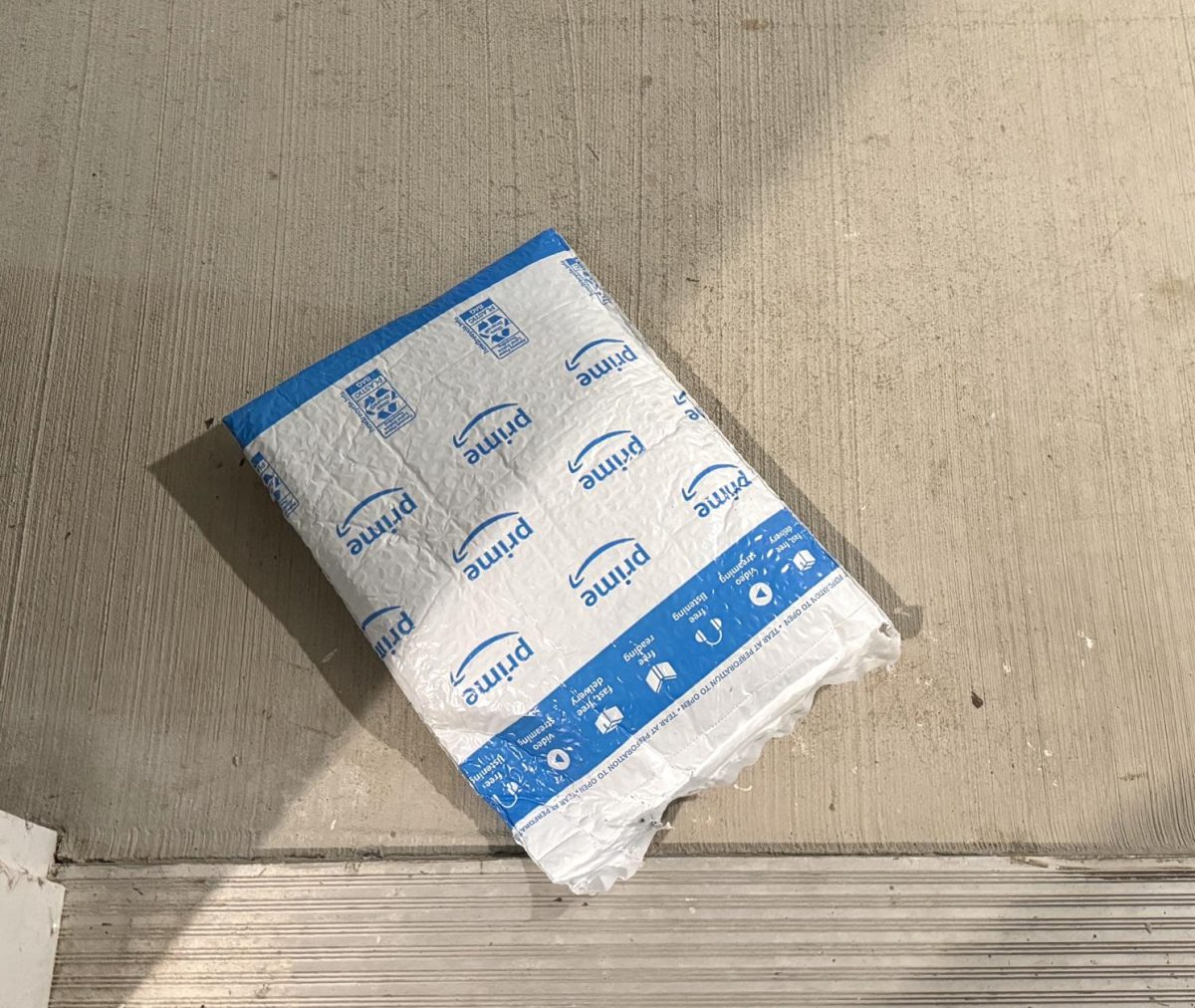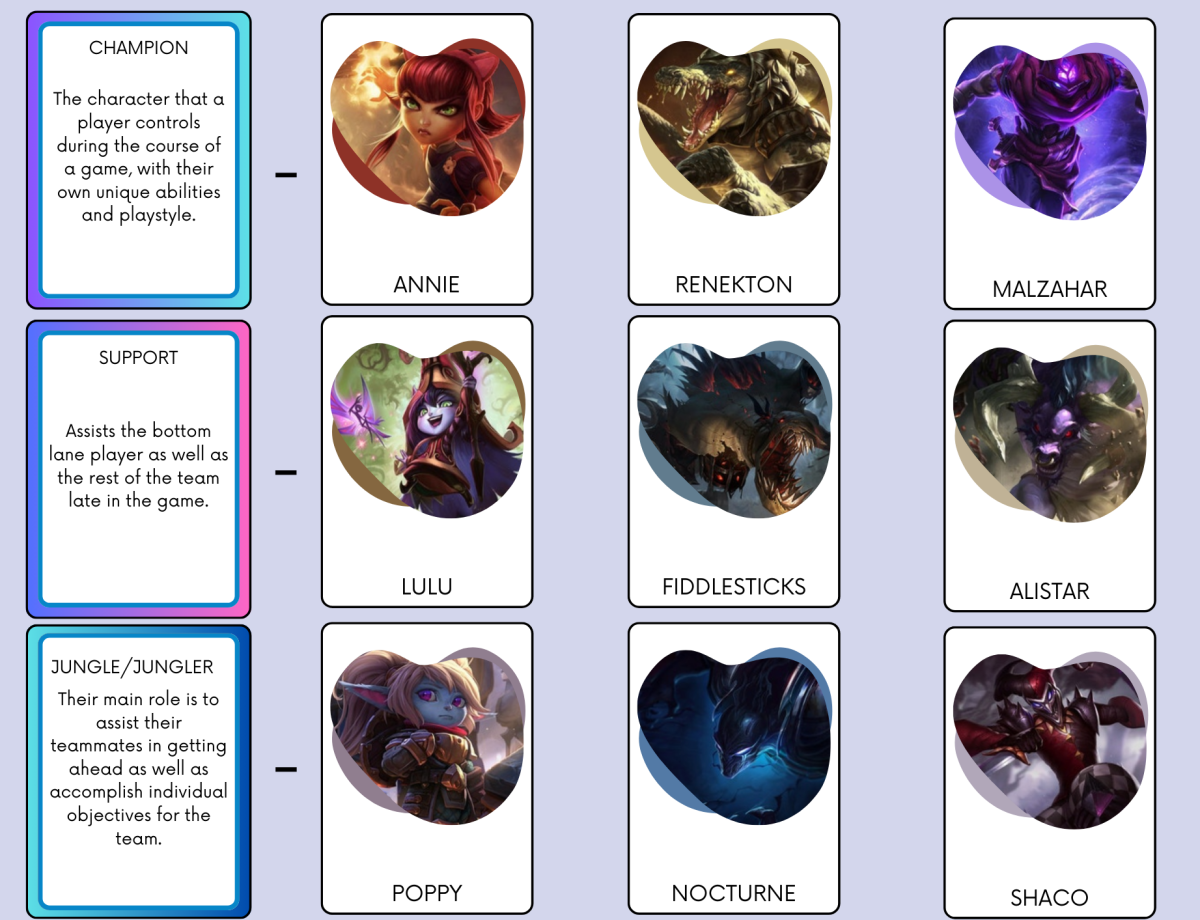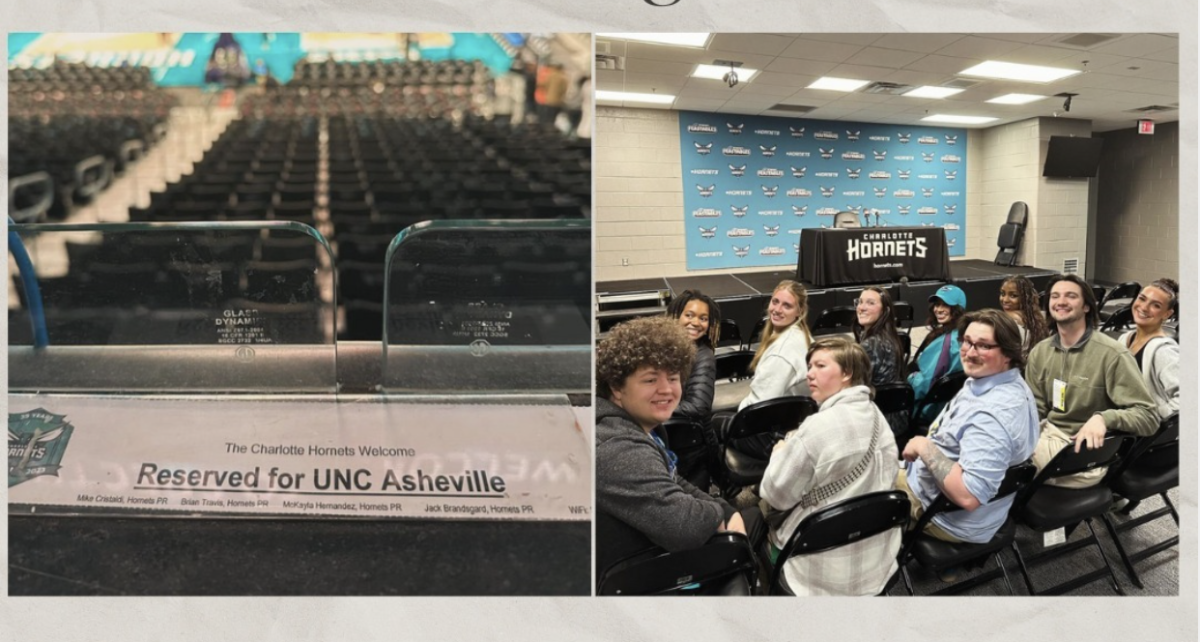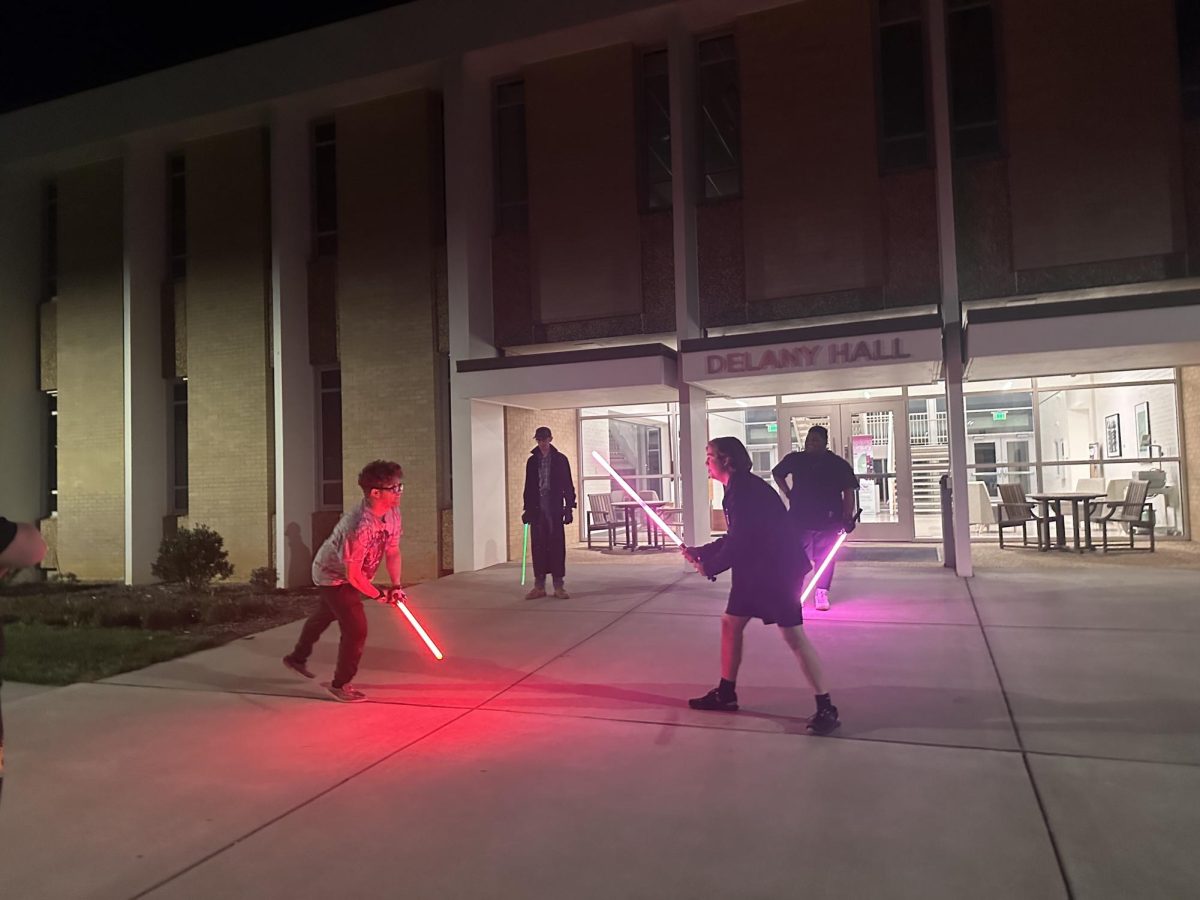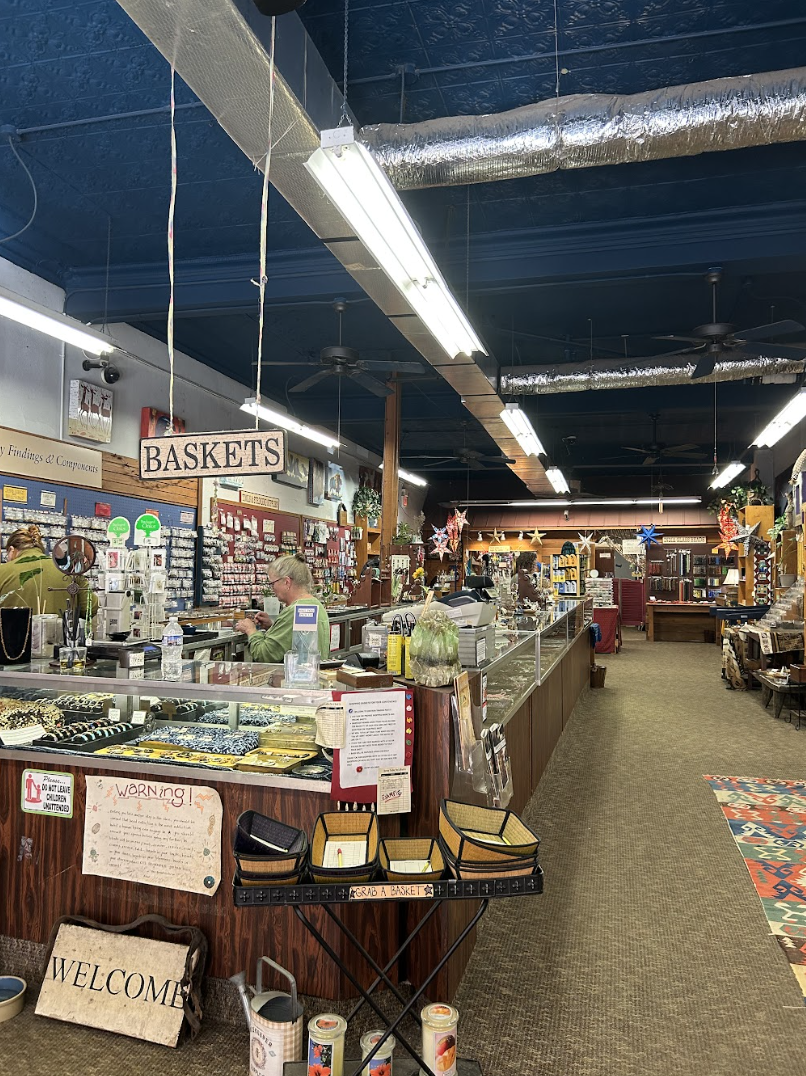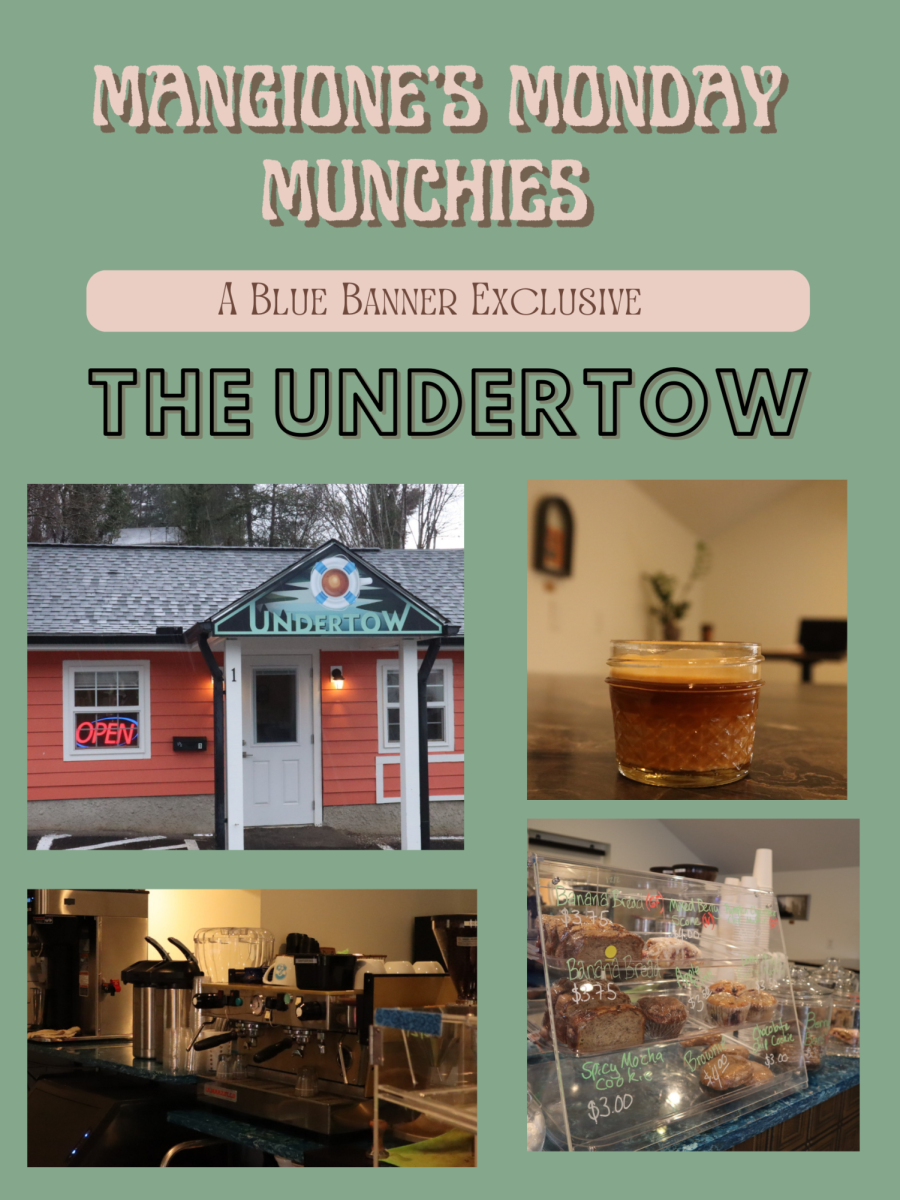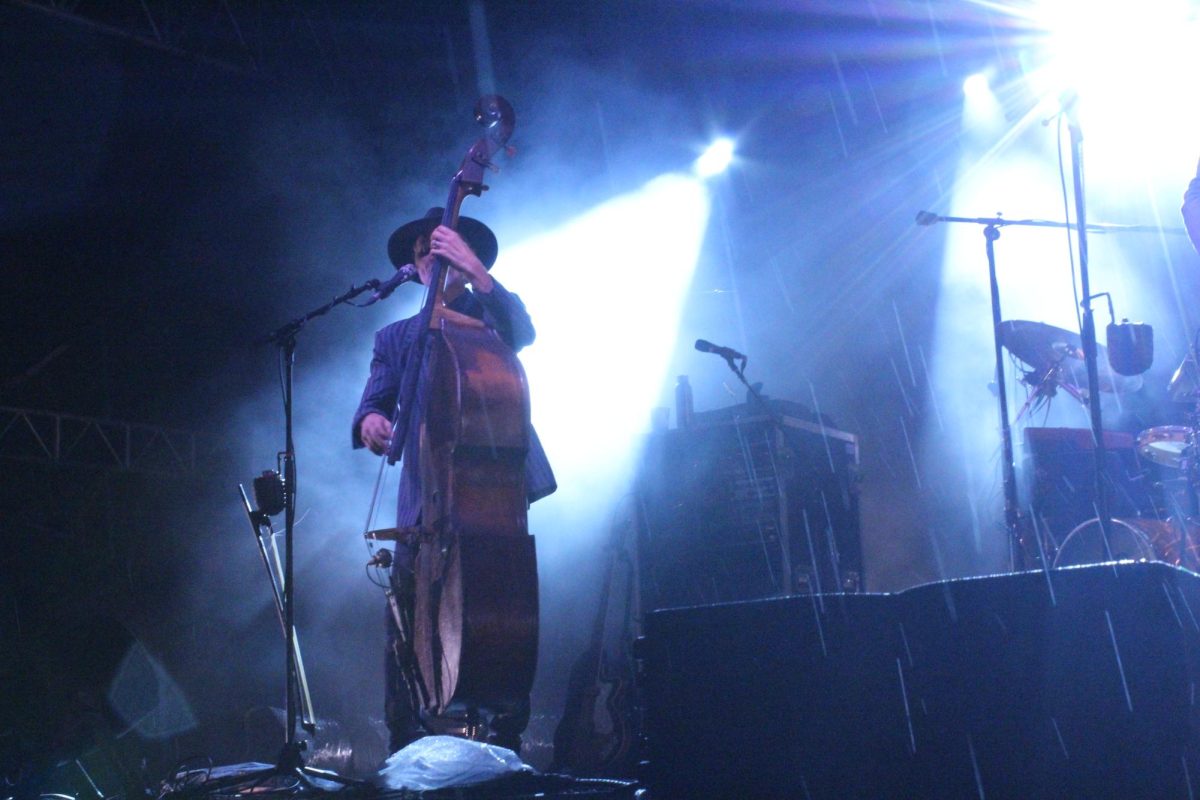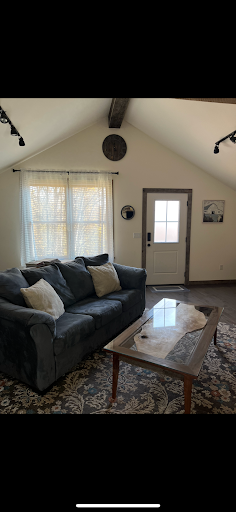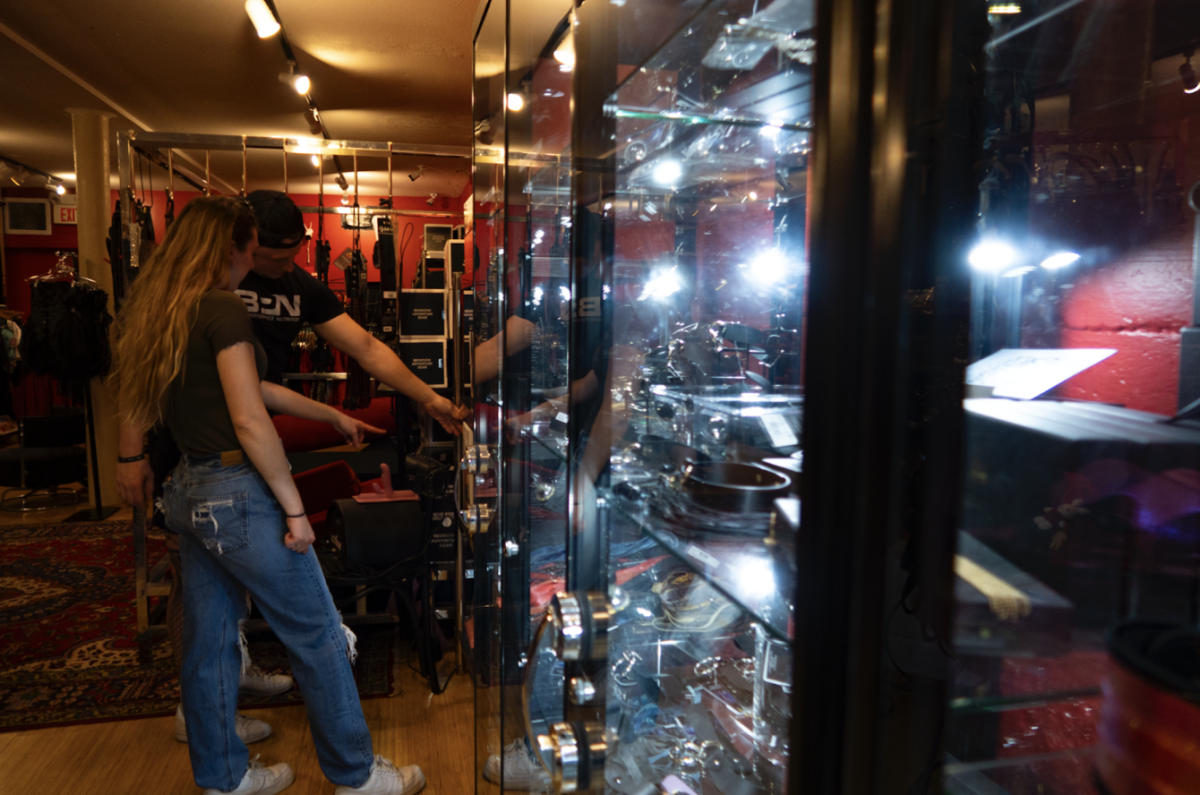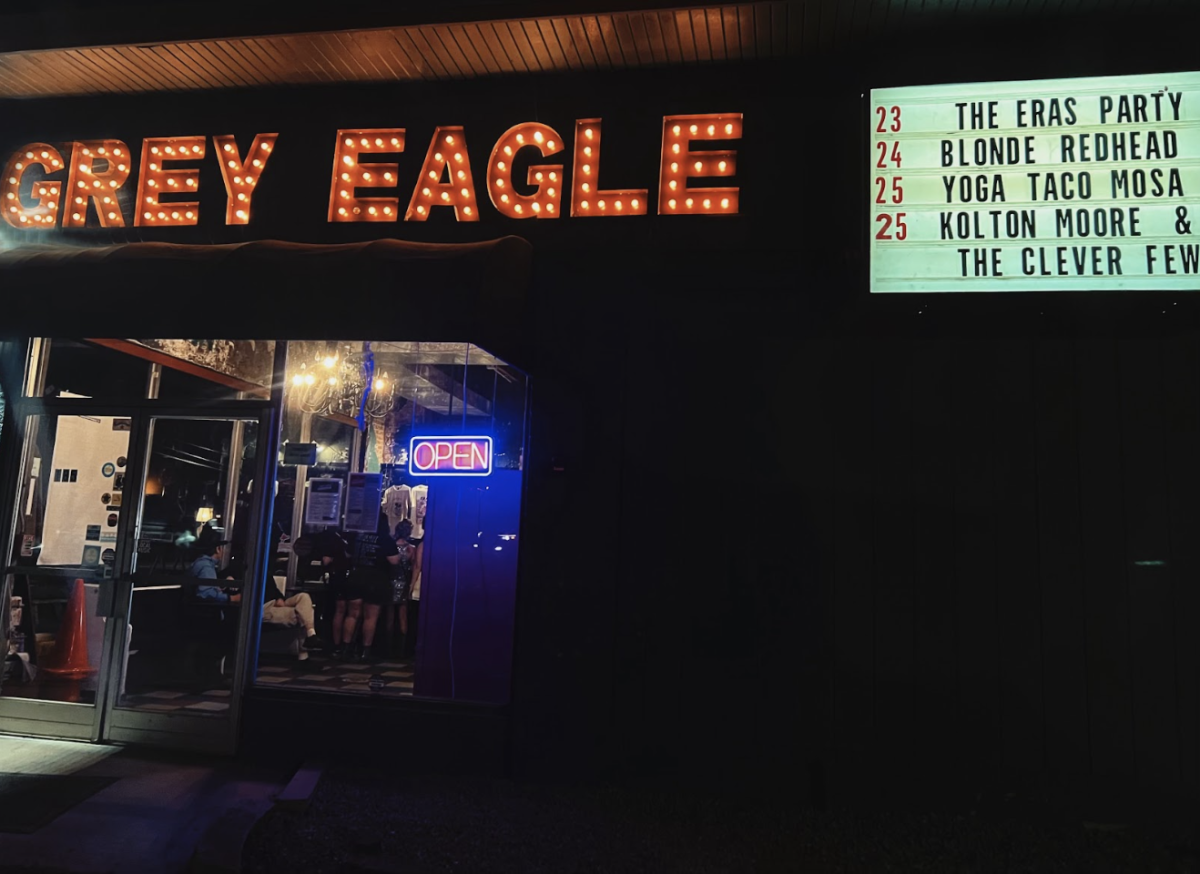Eliza Hill
Arts & Features Editor
[email protected]

Questionable urban renewal practices riddle Asheville’s past, blocking accumulation of generational wealth and furthering economic loss for Black communities, said Sarah Judson Ph.D., associate professor of history and Africana studies at UNC Asheville.
“That is the history of this city. It’s a history of displacement and racial capitalism. Tourism flourished and was developed through the use of enslaved labor in the 19th century, the city stole and displaced people and prevented them from developing any kind of generational wealth,” Judson said. “We don’t know the sum of capital that the Black community lost through urban renewal.”
Local equity and inclusion educator and social justice advocate Lucia White said this facet of Asheville history remains lesser-known to younger generations and stresses the importance of passing on knowledge of the Black community’s background. She attributes a lack of conversation about local Black history and Black leaders to systemic racism.
“I think institutionally speaking about the education system, it has been by design that disempowerment occurs through not educating Black children about their elders who look like them and I think the way that translates locally is the way it has across the nation,” White said.
Judson said Asheville began the urban renewal process in the 1950s to execute municipal improvements, mainly in neighborhoods considered blighted or those failing to meet code, with federal money to increase the city’s tax value. During this time, The Department of Transportation chose to build a road (now called South Charlotte Street) through what was known as the East End/Valley Street neighborhood. The decision to build a connector from North Charlotte Street to Biltmore Avenue caused destruction of property and displacement of families.
“This is really interesting to me because the city code previous to that hadn’t really been enforced much, so when they sent the inspector up to that neighborhood, all of the sudden all these houses didn’t meet code. And so there’s a justification for the tear down,” Judson said. “Valley Street was part of a commercial area for Black businesses. Eagle, Market, and Valley Street—there were all these stores and restaurants, there was a college for Black veterans. There was all this commercial life that was basically destroyed when DOT built U.S. 25 and when the buildings started to get torn down. The long-term legacy is a loss of capital.”
Local history buff, scholar and community matriarch, Henrietta Marianne “Cissy” Dendy of Madison Avenue, said Asheville’s urban renewal projects flipped some of Asheville’s communities past the point of recognition. After spending time in New York and the military, Dendy came home to a demolished Valley Street.
“Asheville, I think, was still on record as the largest urban renewal project of any city in the Southeast. We call it ‘Negro Removal’ because it essentially wiped out all the Black neighborhoods except for the ones they didn’t know about,” Dendy said. “I literally was gone for several years and when I came back to visit, there was no Valley Street. It was gone. They completely bulldozed it.”
Asheville property owners were talked into selling their homes for very little during the urban renewal process. However, paperwork was often filed incorrectly and the city mistakenly bulldozed houses. Dendy said in several instances, families arrived at home only to find their house had been bulldozed and their property was eminent domain. She credits these incidents to faulty communication, not malicious intent.
“This was before cell phones. So, husband goes to work, wife goes to work, little kids go to school, the dog’s left at the house. Little kids would come home and the yard is bulldozed and there’s nothing there. Their parents are still at work and you’ve got no cell phone. The whole block is gone! So the city had to send letters out to an address that didn’t exist anymore and say ‘Oops! While you were away, we fucking threw all your crap in the garbage and bulldozed your home,’” Dendy said.
Regardless of intent, Dendy said the city’s urban renewal efforts displaced other Black communities in addition to Valley Street.
“The same thing as the East End happened over there in Stumptown behind Montford,” she said. “Some of those families are still here and they feel like they’ve never recovered from the loss of property.”
Judson said Stumptown was a lively neighborhood, complete with a doctor’s office and a school until road plans and urban renewal displaced the community in the 1970s. The neighborhood once stood near the end of Montford Ave. and is now usurped by Montford Park and surrounded by pricey real estate.
“Stumptown was a Black neighborhood where Montford park is now. It was a thriving little community. There was a doctor who lived there who saw Black patients. The old Isaac Dixon was the old Hill Street School which is where black children went,” she said. “When the city started to impact the Montford area, that was kind of the beginning of the end for those older Black neighborhoods.”
Three sisters who descend from a family who lost land in Stumptown own the property across from Dendy’s Madison Avenue bungalow. Dendy said she helped the sisters probate their aunt’s will so the house could be passed down to them as an asset.
“I said ‘You leave a will, I’ll help your relatives probate,’ because they’re the ones who lost everything over there in Stumptown. They had land, several little shanty houses, the city essentially made it an eminent domain and they took the land. The women were essentially homeless. They all managed to survive and get married and get homes in other areas but they never recovered from having lost that. They now have a little piece of something over here in North Asheville where nobody can afford to buy anything and there is a one percent vacancy rate,” the 71-year-old said.
White said the city’s growing economic gap makes Asheville unaffordable for most working Ashevillians. Public housing continues to increase, putting residents in vulnerable situations with little control in their communities.
“A lot of folks ended up in ghettos and those people came from communities where they were homeowners, generationally speaking,” she said.
Dendy said Asheville’s Black middle class disappears as the economic gap grows wider. She recalls a time when her North Asheville neighborhood consisted of mostly Black, middle class families.
“Somebody told me that we do have a Black middle class here and I said, Show me. Where are they?’” she said. “In this area you had white folks who had money but they had to work for it.”
Madison runs parallel to Washington Street, which housed primarily white families. She finds twisted humor in how the houses built facing away from each other only brought them closer together.
“It defeats everything if the women are home with the young’uns, then men go off to work. Nobody’s going to walk up 25 steps with groceries and two young’uns. They’re going to come into the back, one step into the kitchen,” she said. “The woman across the way isn’t going to walk up five or 10 steps on her side, dragging a white young’un and groceries. She’s gonna come in the back. So when the men folks were gone, women and kids were running amuck with each other.”
Dendy said her neighborhood shifted in the ‘70s, becoming a hub for strange people and halfway houses before the area was flipped in the ‘90s, causing prices to rise and the neighborhood demographic to change.
“When I came home in the ‘80s, it was just like every other house was a halfway house with everything from pedophiles to God-knows-what being unsupervised by whatever church or groups were running them,” she said. “They started flipping in the ‘90s. Black families, middle class families pretty much got up and got out of here and told their kids not to come back.”
White said much of Asheville’s youth disperse to bigger cities with more affordable places to live when they graduate college.
“Especially for any natives of the Asheville area, I hear a lot of them speak of a time when it was a lot more affordable and there were generations of people here. I think largely all sorts of folks here over the last 20 years have made choices like leaving because they can’t afford it but I think more specifically with the Black population. The ways that the Black communities started being pushed out through urban renewal,” the social justice advocate said.
Dendy fiercely advocates for improving education. She said bettering Asheville’s school system will begin lessening the city’s economic gap by providing all children equal opportunity.
“I do not understand this learning gap that Black kids have here with white kids,” she said. “We got national attention for reparations, OK good. Now let’s fix the schools.”
Although Asheville has a long way to go, White said each day presents a chance to educate people about the past and direction of the future to heal wounds inflicted by history.
“As long as we’re breathing, we never stop learning and we never stop growing until we die. And even then, our growth takes on a new form. But in the meantime while we’re living, we always have the opportunity to try again. That’s where I think that we have to find hope in the ability to try again and try to get it right the second or even third time,” she said.

